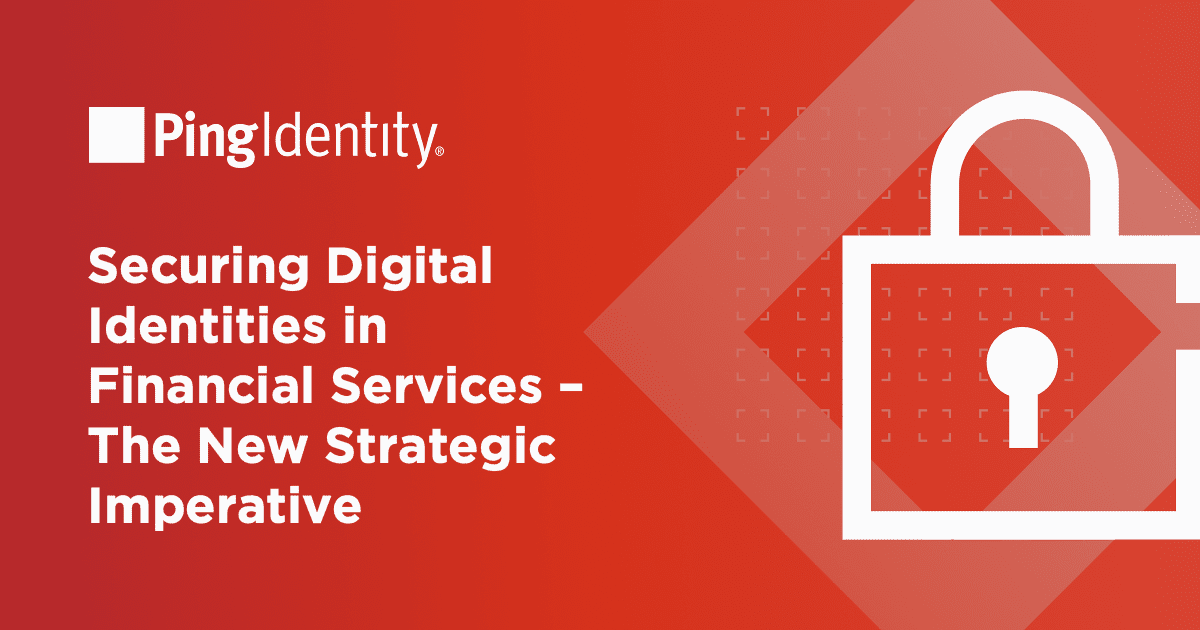As one of the leading and most comprehensive digital identity providers on the market, we keep a finger on the pulse of trends necessitating better identity. As part of this ongoing practice, we have identified six important trends that are actively and interdependently shaping business and society — adding complexity to the landscape that organizations must navigate. To survive and thrive, organizations must be equipped to address each trend. The first trend is the ever disruptive Disruptive Economy.
What is the Disruptive Economy?
Disruption in business is nothing new. For example, the steam engine disrupted the horse-drawn carriage industry. However, what is new in ‘disruption’ is the intelligence and speed of technology, and the pace at which organizations need to adopt, adapt, and innovate in order to survive.
More than hyperbole, the power of today’s Disruptive Economy is tangibly real. Disrupters such as Amazon can take down market shares with a simple announcement. For example, when Amazon simply announced its intent to enter the prescription drug market, CVS’ and Walgreens’ stocks plummeted. The extent to which Disruptors ‘disrupt’ the market has even led CNBC to post an annual Top 50 Disruptor list.
While the tech industry is going at mach speeds developing platforms and tools to ‘transform’ and ‘disrupt’, traditional organizations are now taking an introspective look at their brands and products in order to position themselves for survival. To survive, organizations need to meet ever-growing consumer expectations. To thrive, organizations must go one (or many) steps further and create novel and memorable customer experiences.
For example, as a frontrunner in the luxury automobile industry, BMW, pays keen attention to how the industry is moving towards electric cars, self-driving vehicles, and customers’ latest expectations. To address this, they are focusing on providing technological and software-fueled experiences that can be updated as needed. These continuous, new experiences will provide a direct channel between the customer and BMW throughout the ownership cycle — allowing BMW to foster long-term, loyal relationships.
Another example is within the food and beverage market. Some iconic brands have been struggling to reinvent themselves successfully while other companies are growing at unprecedented rates, such as Talking Wines, which uses mobile technology and augmented reality to animate their wine labels. Reportedly, Talking Wines ‘flies off the shelves’ and has generated significant word-of-mouth buzz.
These examples point to a business environment of ‘disrupt or be disrupted’. And, of never stopping. Because at some point animated labels will become old, requiring a new innovative idea to capture customers’ attention. Such is the fast-paced cycle of the Disruptive Economy.
The Disruptive Economy is a powerful force. Yet, it is just one of six, interconnected digital transformation trends shaping both business and society. Collectively, the six trends necessitate that organizations change how they interact with customers, devices, ‘things’, and data. They also require a new approach to delivering products and services as well as security, access, privacy, and control. Ultimately, this means leveraging an advanced digital identity management platform built for today’s trends, as well as tomorrow’s.
For an in-depth look at each of the six digital transformation trends and how leading, future-minded organizations are addressing them with digital identity management platforms like ForgeRock, download the first paper within our Ultimate CIAM Buyer’s Guide called The Top Six Digital Transformation Trends Shaping Business and Society: Why Digital Identity Platforms are the New Imperative for Customer Identity and Access Management.
We want to hear from you. How is the Disruptive Economy shaping the future of your business?


